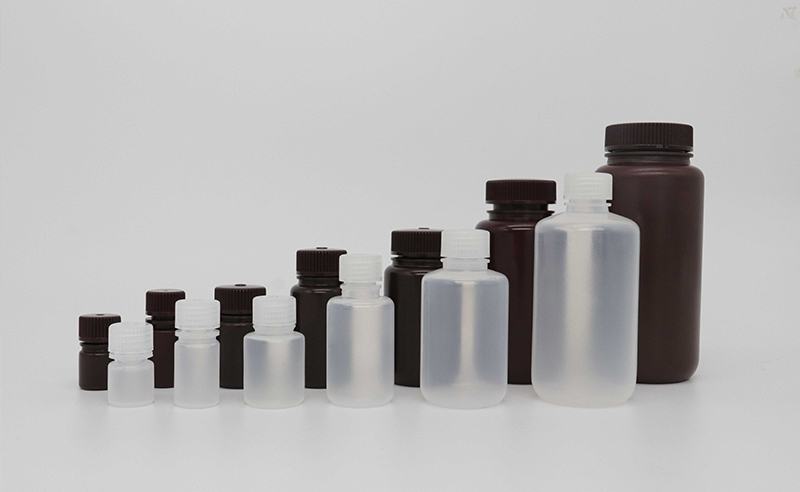LipidSpot™ dyes rapidly stain lipid droplets in live cells or fixed cells, with no wash step required. Available with green or red/far-red fluorescence.
PRODUCT DESCRIPTION
LipidSpot™ stains are fluorescent dyes that rapidly stain lipid droplets in live or fixed cells, with no wash step and minimal background.
- Rapidly and specifically stain lipid droplets
- Minimal background, no wash required
- Stain live or fixed cells, or fix and permeabilize after staining
- Suitable for staining 3D cell spheroids
- Available with green or red/far-red fluorescence
- LipidSpot™ 488 validated in super-resolution imaging by SIM
- Supplied at 1000X in DMSO
Intracellular lipid droplets are cytoplasmic organelles involved in the storage and regulation of triglycerides and cholesterol esters. LipidSpot™ dyes are fluorogenic neutral lipid stains that rapidly accumulate in lipid droplets, where they become brightly fluorescent. The dyes can be used to stain lipid droplets in both live and fixed cells, with no wash step required. Cells also can be fixed and permeabilized after staining. LipidSpot™ stains show minimal background staining of cellular membranes or other organelles, unlike traditional dyes like Nile Red.
Find the Right Stain for Your Application
LipidSpot™ 488 has excitation around 430 nm, and can be excited equally well at 405 nm or 488 nm. In cells, it stains lipid droplets with bright green fluorescence detectable in the FITC channel. LipidSpot™ 488 has been validated in super-resolution imaging by SIM (Ref. 3), and for staining of 3-D cell spheroids (Ref. 7).
LipidSpot™ 610 has excitation/emission at ~592/638 nm in cells; it is optimally detected in the Texas Red® channel, but is also bright in the Cy®3 and far-red Cy®5 channels. Therefore, we don’t recommend pairing LipidSpot™ 610 with other red or far-red probes.
In yeast, LipidSpot™ 488 stains intracellular membranes, but LipidSpot™ 610 does not. In bacteria, both LipidSpot™ dyes can stain gram-positive but not gram-negative strains. See our Cellular Stains Table for more information on how our dyes stain various organisms.




